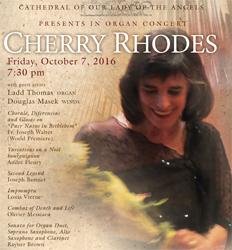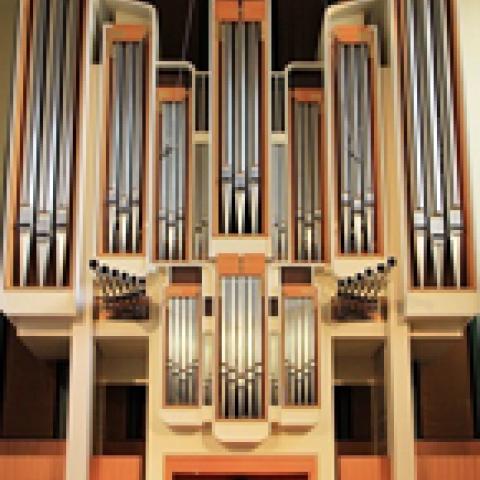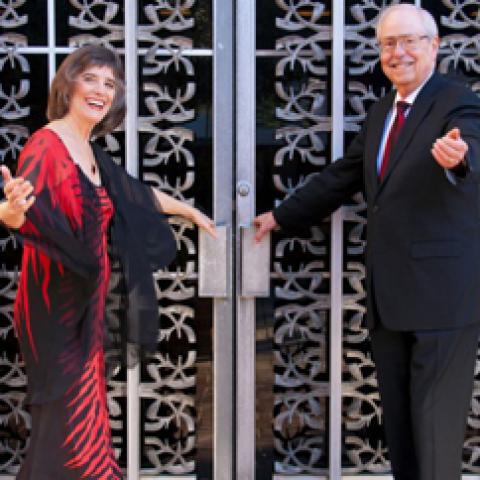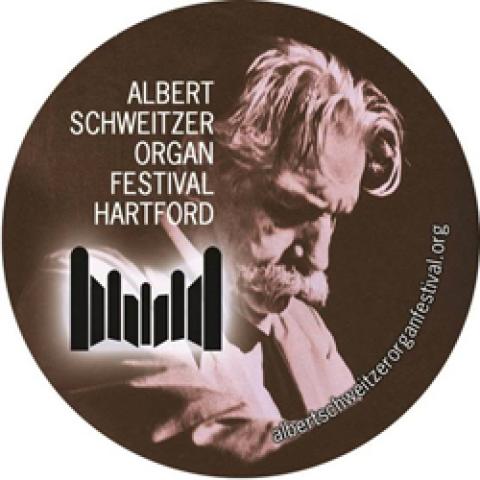
On October 7, 2016 at 7:30 p.m., Cherry Rhodes will return to the Cathedral of Our Lady of the Angels in Los Angeles to perform on the Dobson pipe organ. (She gave an evening recital during the inaugural season of the organ in 2003.) Her varied program is designed to demonstrate a myriad of rare sounds this large instrument possesses.
A new piece written for her by Fr. Joseph Walter will be heard for the first time. Chorale, Diferencias and Glosas on “Puer Natus In Bethlehem” (A Child is Born in Bethlehem) is a major contribution to the organ repertoire. It is dramatic, tender, colorful, virtuosic and has a cadenza featuring the feet alone as well as some other surprises.
Ms. Rhodes will be joined by organist Ladd Thomas, and saxophonist/clarinetist Douglas Masek for a work that was written for these musicians titled, Sonata for Organ Duet, Soprano Saxophone, Alto Saxophone and Clarinet by Rayner Brown. Other works on this program include the charming Variations on a Noël bourguignon by André Fleury, the haunting Second Legend by Joseph Bonnet, the playful Impromptu by Louis Vierne, and the stirring Combat of Death and Life by Olivier Messiaen.





